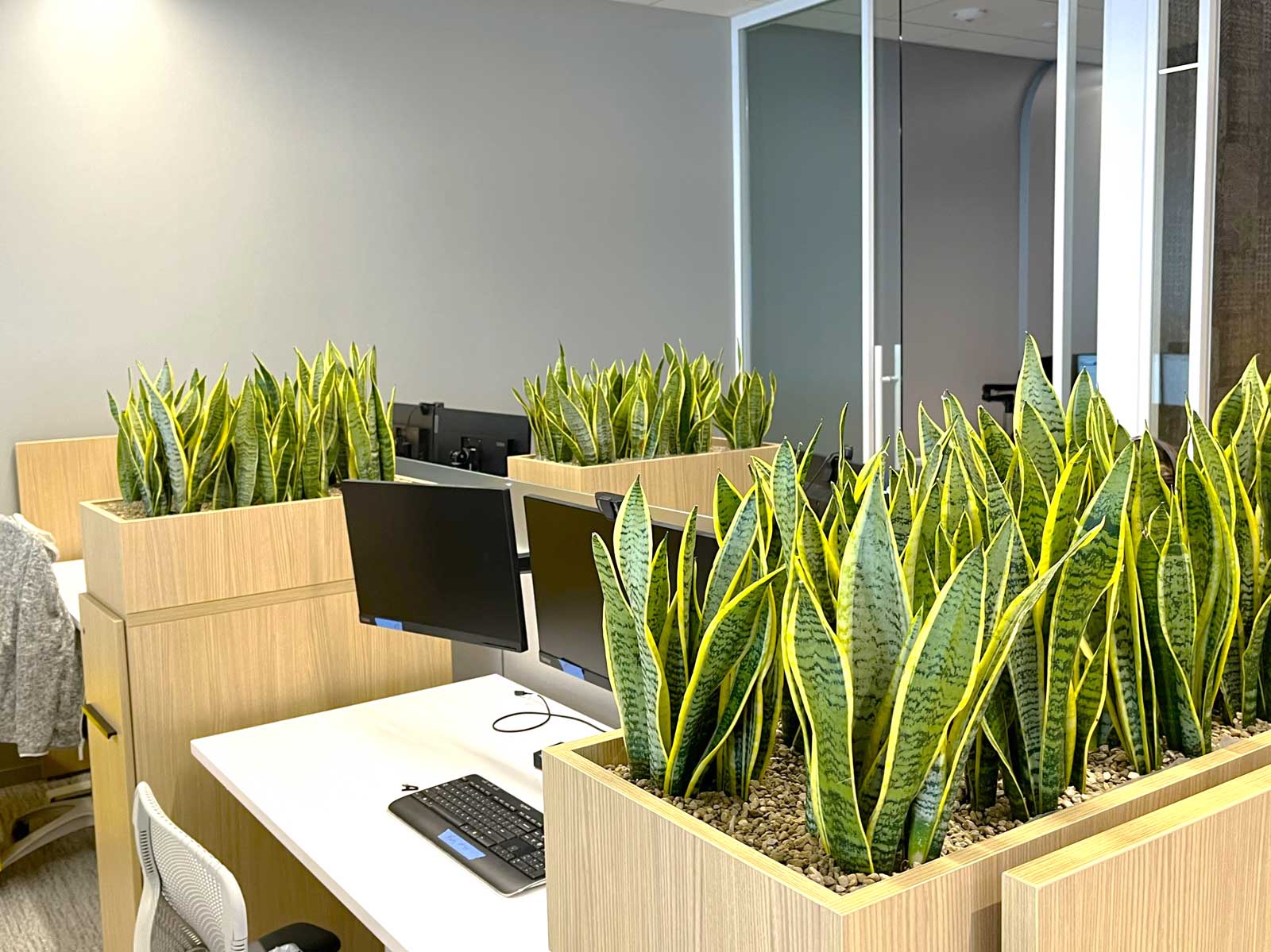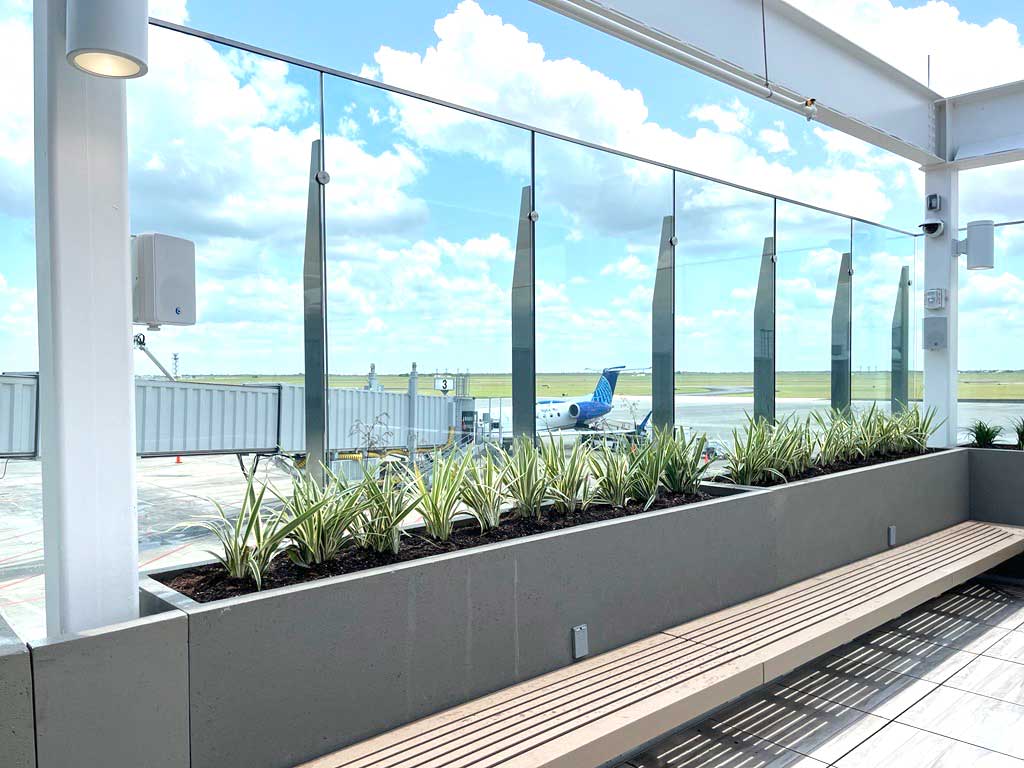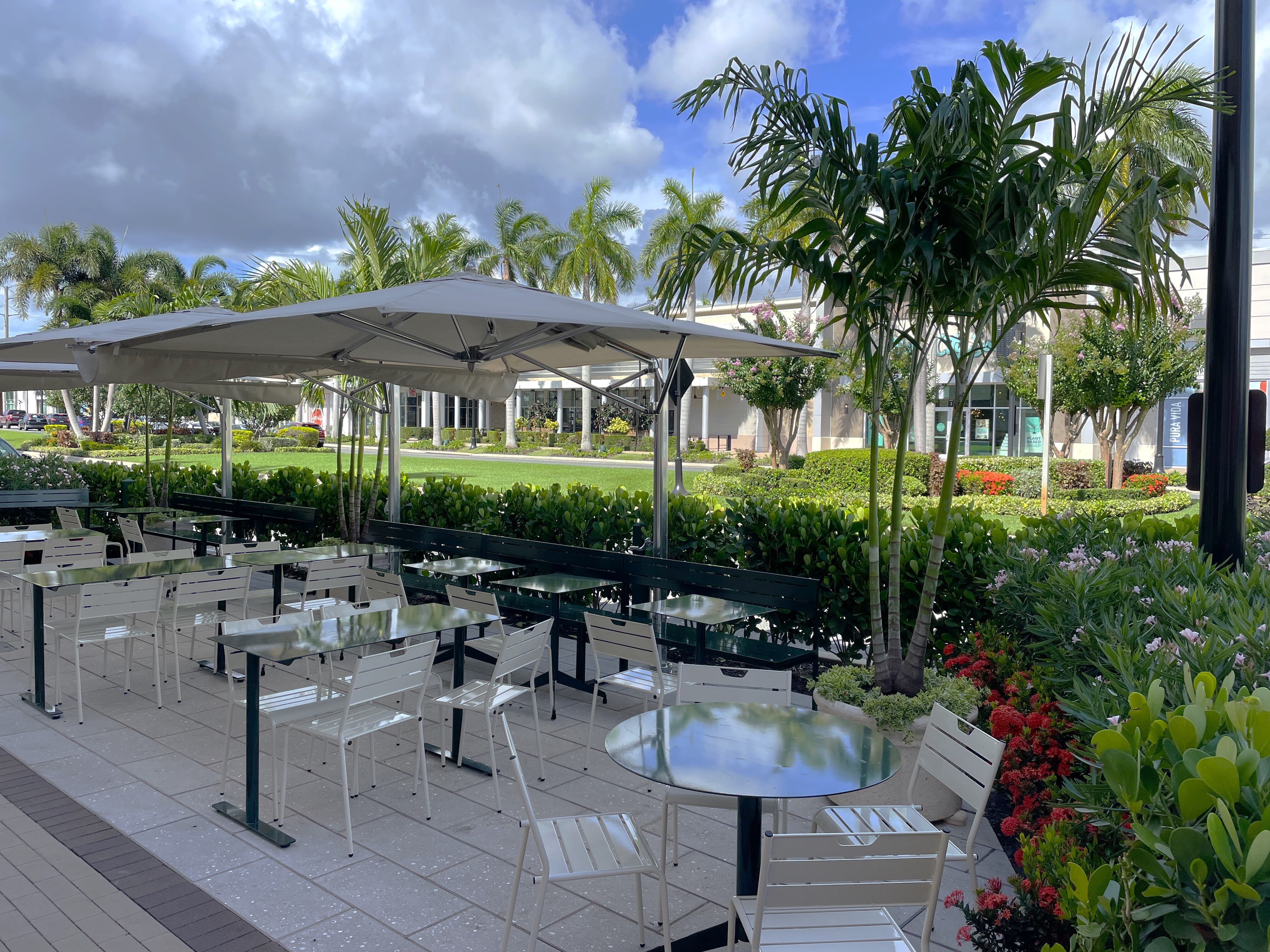Artificial Indoor Plants Are Your Little Secret

“Are those real?” That question gets asked a lot when people see particularly striking trees or flowers—especially indoors. Not everyone believes it’s possible to maintain vibrant, colorful, healthy-looking flowers, trees, or other greenery in an indoor environment. And you know what? Sometimes it isn’t possible. At other times, it’s possible but doesn’t make sound business sense—the required time, effort, and financial investment are unfeasible. The good news is that artificial indoor plants can be beautiful, affordable, and so realistic that even local wildlife can’t tell the difference.
Drawbacks of Live Greenery
It’s true there are many benefits of fresh, live greenery. It’s also true there can be plenty of drawbacks as well. Live plants can be fussy, exasperating, and difficult. A single mistake can cause catastrophe, and could even negate your entire investment. Large plant installations can be very expensive to purchase, and cost even more to properly maintain. In addition to the plants themselves, there are planters to buy, irrigation setups to install and maintain, substrate, fertilizer, filtered water, and more. In addition, if you’re not familiar with caring for greenery, you’ll need study time to insure that the greenery you’ve painstakingly purchased and installed will thrive. Even if you do everything right, however, there are plenty of factors outside your control that can cause disappointment or failure.
Benefits of Mixing Indoor Plants
What’s the solution? Many designers suggest a combination of natural plant life and artificial indoor plants. Utilizing both live and artificial plants can be a great way to make a significant visual impact on a small budget. It’s also the best way to enjoy both the benefits of live plants and the ease of artificial indoor plants.
How-to Guide
Start by assessing your needs to determine how you’ll make your selections. Consider your space and the types of plants you think will look best. Tall plants like ficuses, palm trees, or bamboo can make a bold statement in entranceways. This is a suitable place for artificial indoor plants since high-traffic areas can be tough on natural plants. A fluffy and lush selection for the reception desk makes for a cheerful greeting to clients and staff. This is an excellent place for a live plant that provides a burst of fresh air and maybe a slight scent. Try lilies, spider plants, ferns, cacti, or succulents here.
Artificial indoor plants are especially well-suited to low-light areas, or any part of the building where the temperature and humidity are too high or low for live plants to flourish. If you’re worried that artificial indoor plants will appear unnatural or “cheap looking,” you should know that artificial greenery has come a long way in recent years. Where once we had synthetic plants that seemed somewhat real at a distance, we now have silk flowers that fool the eyes of experts even up close. Gone are the days of silly plastic leaves that feel like toys. Imagine an office full of lush orchids that require no misting or special lighting, that never wilt or die or turn brown. Occasional cleaning or dusting is the only maintenance your artificial indoor plants will require.
Overall, plant life enhances the visual appeal of almost any area. Possibly the best thing about using artificial indoor plants for your home or office is that you are free to select trees, flowers, ivy, bamboo—greenery that grows all over the world. This provides nearly limitless options as you design and develop the perfect space to receive guests or clients.
Sourcing Your Selection
Maybe you’re wondering where to find a good selection of high-quality, artificial indoor plants. In many cases, you can get them from the same professionals who offer live plants. Stay on budget and get the best of both worlds when you combine live greenery with artificial indoor plants. It’ll be your little secret!




